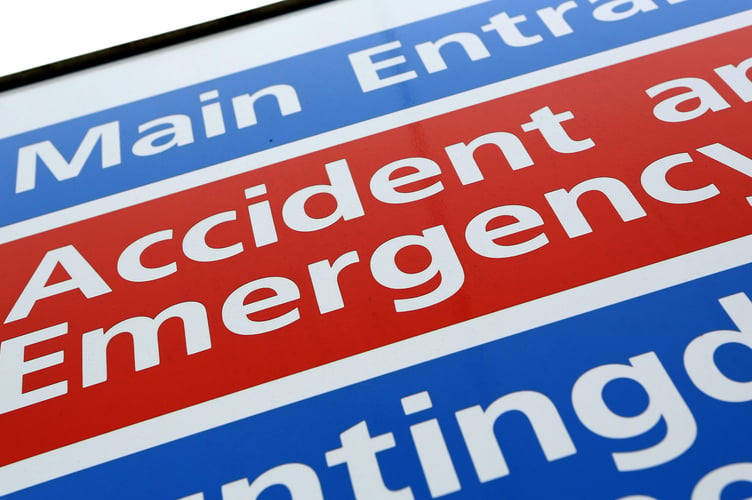Nearly every patient who arrived at minor injury units at Gloucestershire Health and Care last month was seen within four hours, new figures show.
The NHS standard is for 95% of patients to be seen within four hours. However, as part of a recovery plan, the health service was aiming for 78% of patients to be seen within this time frame by March.
This was not met, with 75% of patients in England seen within four hours in A&Es last month.
The NHS England figures show there were 8,527 visits to minor injury units at Gloucestershire Health and Care NHS Foundation Trust in March. Of them, 8,401 were seen within four hours – accounting for 99% of arrivals.
This means the trust surpassed the recovery target and the original standard.
Across England, 46,766 emergency admissions waited more than 12 hours in A&E departments from a decision to admit to actually being admitted – an improvement from 47,623 the month before.
However, the number waiting at least four hours from the decision to admit to admission rose slightly, standing at 133,957 in March, up from 131,237 in February.
None of these patients were at Gloucestershire Health and Care NHS Foundation Trust.
Sarah Scobie, deputy director of research at the Nuffield Trust, said: "Last week we revealed that just 19% of the public were satisfied with A&E services and today's figures give us an understanding of why."
She added the number of people waiting over four hours is "astonishing".
She said: "This is 74,447 higher than before the pandemic (March 2019) and shows just how commonplace these previously unthinkable events have become for A&E patients."
She also warned the Government's plan to restructure the health organisation risks distracting from the changes patients "will directly feel the benefit from".
About 2.4 million people attended A&E departments across England last month.
The overall number of attendances to minor injury units at Gloucestershire Health and Care NHS Foundation Trust in March was a rise of 24% on the 6,854 visits recorded during February, and 29% more than the 6,610 patients seen in March 2023.
Professor Sir Stephen Powis, NHS national medical director, said: "Despite services facing the busiest March ever in A&E and for ambulance incidents, staff continue to bring down waits for urgent and emergency care, but we know there is much more to do to reduce waits and delays across all NHS services.
"We continue to ask anyone noticing worrying symptoms or in need of care to come forward for all important checks."
Health and Social Care Secretary Wes Streeting said: "Through this government's Plan for Change, we are starting to see a real difference. Fixing our NHS is a long road, and this is just the start – but we're doing the work and delivering for patients."




